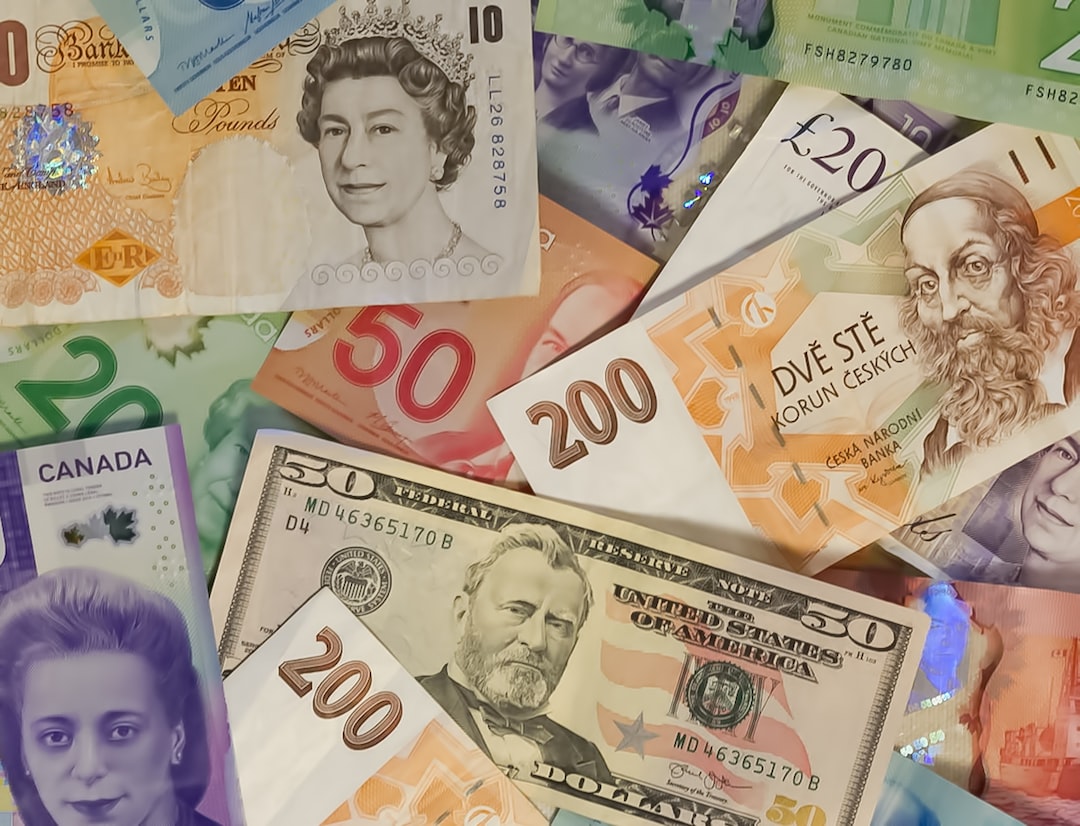The foreign exchange market or forex is the largest financial market in the world, with daily trading volumes exceeding $5 trillion. It involves buying and selling currencies, with the aim of profiting from fluctuations in exchange rates. Forex traders often focus on a particular set of currencies known as the major pairs. In this article, we will explain what the forex major pairs are and why they are important.
The forex market is made up of various currency pairs, each consisting of two currencies. For example, the EUR/USD pair consists of the euro and the US dollar. The major pairs are the most heavily traded currency pairs and include the following:
1. EUR/USD (Euro/US Dollar)
The EUR/USD pair is the most traded currency pair in the forex market. It represents the exchange rate between the euro and the US dollar. This pair is affected by various economic indicators, such as interest rates, inflation, and GDP.
2. USD/JPY (US Dollar/Japanese Yen)
The USD/JPY pair is the second most traded currency pair in the forex market. It represents the exchange rate between the US dollar and the Japanese yen. This pair is affected by various economic indicators, such as interest rates, inflation, and GDP, as well as geopolitical events.
3. GBP/USD (British Pound/US Dollar)
The GBP/USD pair is the third most traded currency pair in the forex market. It represents the exchange rate between the British pound and the US dollar. This pair is affected by various economic indicators, such as interest rates, inflation, and GDP, as well as geopolitical events, such as Brexit.
4. USD/CHF (US Dollar/Swiss Franc)
The USD/CHF pair represents the exchange rate between the US dollar and the Swiss franc. This pair is often used as a safe-haven currency during times of market volatility.
5. USD/CAD (US Dollar/Canadian Dollar)
The USD/CAD pair represents the exchange rate between the US dollar and the Canadian dollar. This pair is heavily influenced by the price of oil, as Canada is a major oil exporter.
6. AUD/USD (Australian Dollar/US Dollar)
The AUD/USD pair represents the exchange rate between the Australian dollar and the US dollar. This pair is heavily influenced by commodity prices, such as iron ore and gold, as Australia is a major commodity exporter.
7. NZD/USD (New Zealand Dollar/US Dollar)
The NZD/USD pair represents the exchange rate between the New Zealand dollar and the US dollar. This pair is heavily influenced by commodity prices, such as dairy and wool, as New Zealand is a major commodity exporter.
Why are the forex major pairs important?
The major pairs are important because they are the most heavily traded currency pairs in the forex market. They are also highly liquid, meaning that traders can easily buy and sell these currencies without affecting the exchange rate. This liquidity makes it easier for traders to enter and exit trades at any time.
In addition, the major pairs are also highly volatile, meaning that their exchange rates can change rapidly in response to economic and geopolitical events. This volatility provides opportunities for traders to profit from fluctuations in exchange rates.
Finally, the major pairs are often used as benchmarks for other currency pairs. For example, the EUR/USD pair is often used as a benchmark for other euro currency pairs, such as EUR/JPY and EUR/GBP. This means that traders often use the major pairs as a reference point when analyzing other currency pairs.
Conclusion
The forex major pairs are the most heavily traded currency pairs in the forex market. They include the EUR/USD, USD/JPY, GBP/USD, USD/CHF, USD/CAD, AUD/USD, and NZD/USD pairs. These pairs are important because they are highly liquid, volatile, and often used as benchmarks for other currency pairs. Traders who focus on the major pairs can take advantage of the opportunities provided by the forex market and potentially profit from fluctuations in exchange rates.






